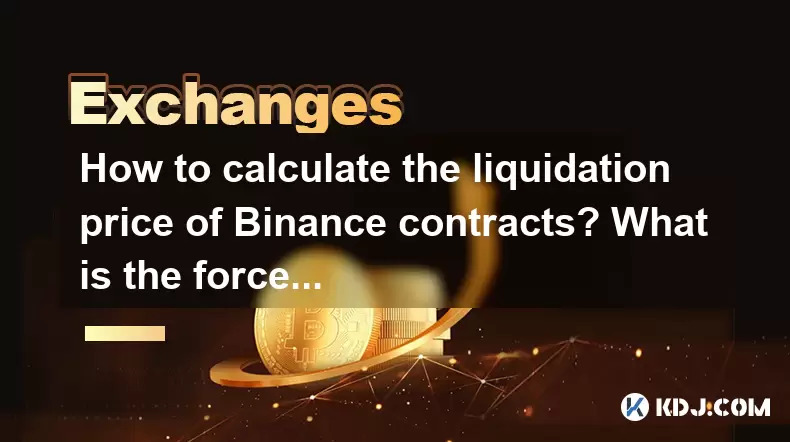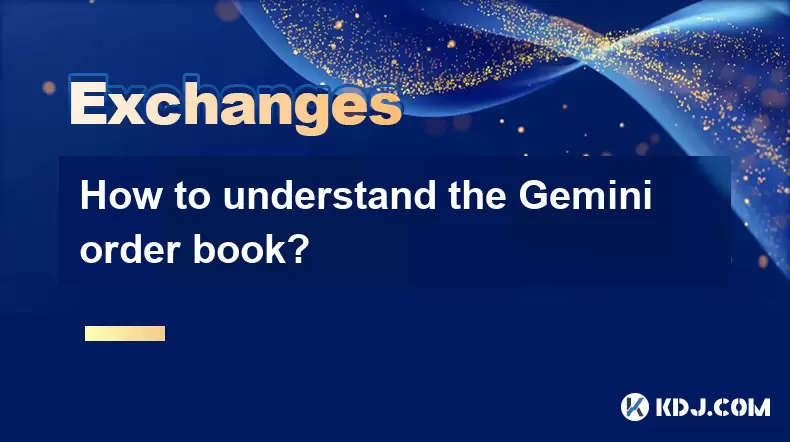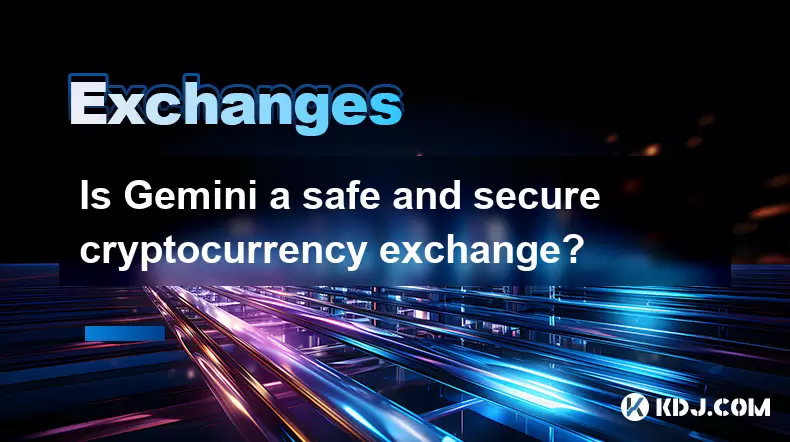-
 Bitcoin
Bitcoin $114000
0.76% -
 Ethereum
Ethereum $3488
0.53% -
 XRP
XRP $2.908
2.27% -
 Tether USDt
Tether USDt $1.000
0.05% -
 BNB
BNB $750.3
0.39% -
 Solana
Solana $161.9
0.14% -
 USDC
USDC $1.000
0.03% -
 TRON
TRON $0.3258
1.22% -
 Dogecoin
Dogecoin $0.1991
1.38% -
 Cardano
Cardano $0.7260
3.39% -
 Hyperliquid
Hyperliquid $38.20
2.33% -
 Stellar
Stellar $0.3987
7.33% -
 Sui
Sui $3.414
1.17% -
 Chainlink
Chainlink $16.28
2.52% -
 Bitcoin Cash
Bitcoin Cash $542.2
2.07% -
 Hedera
Hedera $0.2489
7.51% -
 Ethena USDe
Ethena USDe $1.001
0.05% -
 Avalanche
Avalanche $21.40
0.70% -
 Toncoin
Toncoin $3.635
0.75% -
 Litecoin
Litecoin $109.8
2.04% -
 UNUS SED LEO
UNUS SED LEO $8.955
-0.02% -
 Shiba Inu
Shiba Inu $0.00001221
2.44% -
 Uniswap
Uniswap $9.152
2.20% -
 Polkadot
Polkadot $3.588
2.09% -
 Monero
Monero $298.1
1.27% -
 Dai
Dai $1.000
0.01% -
 Bitget Token
Bitget Token $4.326
1.28% -
 Pepe
Pepe $0.00001045
1.96% -
 Cronos
Cronos $0.1330
4.27% -
 Aave
Aave $257.9
2.12%
How to calculate the liquidation price of Binance contracts? What is the forced liquidation mechanism?
Calculating the liquidation price for Binance contracts involves entry price, position size, maintenance margin rate, and leverage to manage trading risks effectively.
May 19, 2025 at 05:29 pm

Understanding how to calculate the liquidation price of Binance contracts and the mechanics of forced liquidation is crucial for anyone trading in the cryptocurrency derivatives market. This knowledge helps traders manage their risks effectively and avoid unexpected losses. Let's delve into the details of these concepts.
What is a Liquidation Price?
The liquidation price is the price at which a trader's position is automatically closed by the exchange to prevent further losses that could exceed the trader's margin. In other words, it's the point where the exchange steps in to liquidate the position to protect itself and the trader from further financial harm.
Calculating the Liquidation Price for Binance Contracts
To calculate the liquidation price for Binance contracts, you need to understand the following variables:
- Entry Price (EP): The price at which you entered the trade.
- Position Size (PS): The number of contracts you are holding.
- Maintenance Margin Rate (MMR): The percentage of the position's value that must be maintained in the account to keep the position open.
- Leverage (L): The amount of leverage you are using.
For a long position, the liquidation price can be calculated using the following formula:
[ \text{Liquidation Price (Long)} = \frac{\text{Entry Price}}{(1 + \frac{1}{\text{Leverage} \times (1 - \text{Maintenance Margin Rate})})} ]
For a short position, the liquidation price is calculated as follows:
[ \text{Liquidation Price (Short)} = \frac{\text{Entry Price}}{(1 - \frac{1}{\text{Leverage} \times (1 - \text{Maintenance Margin Rate})})} ]
Let's break down the steps to calculate the liquidation price for a long position:
- Determine your entry price (EP).
- Identify your position size (PS).
- Check the maintenance margin rate (MMR) specified by Binance for the contract you are trading.
- Note your leverage (L).
- Plug these values into the formula to calculate the liquidation price.
For example, if you enter a long position at an entry price of $10,000 with a leverage of 10x and a maintenance margin rate of 0.5%, your liquidation price would be:
[ \text{Liquidation Price (Long)} = \frac{10000}{(1 + \frac{1}{10 \times (1 - 0.005)})} = \frac{10000}{(1 + \frac{1}{9.95})} = \frac{10000}{1.1005} \approx 9086.36 ]
What is the Forced Liquidation Mechanism?
The forced liquidation mechanism is a process implemented by exchanges like Binance to manage risk and ensure the stability of the market. When a trader's position reaches the liquidation price, the exchange automatically closes the position to prevent further losses that could exceed the trader's margin.
The forced liquidation process works as follows:
- Monitoring: The exchange continuously monitors the value of open positions and the margin levels of traders.
- Triggering: When a position's value falls to the liquidation price, the exchange triggers the forced liquidation.
- Execution: The exchange then closes the position at the best available market price, which may differ from the liquidation price due to market volatility.
- Settlement: Any remaining margin after covering losses is returned to the trader's account.
How to Avoid Forced Liquidation
To avoid forced liquidation, traders should consider the following strategies:
- Use Stop-Loss Orders: Setting stop-loss orders can help limit losses and prevent positions from reaching the liquidation price.
- Monitor Margin Levels: Regularly check your margin levels to ensure they remain above the maintenance margin rate.
- Adjust Leverage: Using lower leverage can reduce the risk of liquidation, as it requires less market movement to reach the liquidation price.
- Diversify: Spreading investments across different assets can help mitigate risk and prevent a single position from wiping out your entire margin.
Understanding the Impact of Market Volatility
Market volatility plays a significant role in the liquidation process. High volatility can cause rapid price movements, increasing the likelihood of reaching the liquidation price. Traders should be aware of market conditions and adjust their positions accordingly.
For example, during periods of high volatility, it might be wise to reduce leverage or close out positions to avoid forced liquidation. Monitoring market news and using technical analysis can help traders anticipate potential price movements and manage their positions effectively.
Practical Example of Calculating Liquidation Price
Let's walk through a practical example of calculating the liquidation price for a short position. Assume you enter a short position on a Bitcoin futures contract with the following details:
- Entry Price (EP): $50,000
- Leverage (L): 20x
- Maintenance Margin Rate (MMR): 0.5%
Using the formula for a short position, the liquidation price would be:
[ \text{Liquidation Price (Short)} = \frac{50000}{(1 - \frac{1}{20 \times (1 - 0.005)})} = \frac{50000}{(1 - \frac{1}{19.9})} = \frac{50000}{0.95} \approx 52631.58 ]
In this case, if the price of Bitcoin reaches $52,631.58, your short position would be liquidated.
FAQs
1. What happens if the market price reaches the liquidation price but then quickly recovers?
If the market price briefly touches the liquidation price but then recovers, the position will still be liquidated. The exchange's system is designed to act quickly to protect both the trader and the exchange from further losses.
2. Can I set a custom liquidation price on Binance?
No, Binance does not allow traders to set a custom liquidation price. The liquidation price is calculated based on the entry price, leverage, and maintenance margin rate as per the formulas provided.
3. How does Binance handle partial liquidations?
Binance may implement partial liquidations in certain situations to reduce the risk of total position liquidation. This means that only a portion of the position is closed to bring the margin back above the maintenance level.
4. What is the difference between initial margin and maintenance margin?
The initial margin is the amount of capital required to open a position, while the maintenance margin is the minimum amount of equity that must be maintained in the account to keep the position open. If the account equity falls below the maintenance margin, the position is at risk of liquidation.
Disclaimer:info@kdj.com
The information provided is not trading advice. kdj.com does not assume any responsibility for any investments made based on the information provided in this article. Cryptocurrencies are highly volatile and it is highly recommended that you invest with caution after thorough research!
If you believe that the content used on this website infringes your copyright, please contact us immediately (info@kdj.com) and we will delete it promptly.
- XRP: Crypto Analyst's Smartest Buy in 2025?
- 2025-08-04 00:30:13
- SEC, Crypto Regulation, and Digital Assets: A New Era?
- 2025-08-04 00:30:13
- Navigating the Meme Coin Mania: Cold Wallets, SHIB, and DOGE in 2025
- 2025-08-03 22:30:16
- Bitcoin's Price Fall and Scrutiny: What's a New Yorker to Think?
- 2025-08-03 22:30:16
- Shiba Inu's Resistance and Recovery Push: What's Next for SHIB?
- 2025-08-03 22:50:16
- Bitcoin, Hashcash, and Crypto Innovation: A Look at the Foundation and Future
- 2025-08-03 23:12:53
Related knowledge

How to set and manage alerts on the Gemini app?
Aug 03,2025 at 11:00am
Understanding the Gemini App Alert SystemThe Gemini app offers users a powerful way to stay informed about their cryptocurrency holdings, price moveme...

What are the websocket feeds available from the Gemini API?
Aug 03,2025 at 07:43pm
Overview of Gemini WebSocket FeedsThe Gemini API provides real-time market data through its WebSocket feeds, enabling developers and traders to receiv...

How to manage your portfolio on Gemini?
Aug 03,2025 at 10:36am
Accessing Your Gemini Portfolio DashboardTo begin managing your portfolio on Gemini, you must first log in to your account through the official websit...

How to understand the Gemini order book?
Aug 02,2025 at 03:35pm
What Is the Gemini Order Book?The Gemini order book is a real-time ledger that displays all open buy and sell orders for a specific cryptocurrency tra...

Is Gemini a safe and secure cryptocurrency exchange?
Aug 02,2025 at 10:42pm
Understanding Gemini’s Regulatory ComplianceGemini is a New York State-chartered trust company, which places it under the supervision of the New York ...

How to download your Gemini transaction history for taxes?
Aug 03,2025 at 09:15am
Understanding Gemini Transaction History for Tax PurposesWhen preparing your cryptocurrency tax filings, having a complete and accurate record of all ...

How to set and manage alerts on the Gemini app?
Aug 03,2025 at 11:00am
Understanding the Gemini App Alert SystemThe Gemini app offers users a powerful way to stay informed about their cryptocurrency holdings, price moveme...

What are the websocket feeds available from the Gemini API?
Aug 03,2025 at 07:43pm
Overview of Gemini WebSocket FeedsThe Gemini API provides real-time market data through its WebSocket feeds, enabling developers and traders to receiv...

How to manage your portfolio on Gemini?
Aug 03,2025 at 10:36am
Accessing Your Gemini Portfolio DashboardTo begin managing your portfolio on Gemini, you must first log in to your account through the official websit...

How to understand the Gemini order book?
Aug 02,2025 at 03:35pm
What Is the Gemini Order Book?The Gemini order book is a real-time ledger that displays all open buy and sell orders for a specific cryptocurrency tra...

Is Gemini a safe and secure cryptocurrency exchange?
Aug 02,2025 at 10:42pm
Understanding Gemini’s Regulatory ComplianceGemini is a New York State-chartered trust company, which places it under the supervision of the New York ...

How to download your Gemini transaction history for taxes?
Aug 03,2025 at 09:15am
Understanding Gemini Transaction History for Tax PurposesWhen preparing your cryptocurrency tax filings, having a complete and accurate record of all ...
See all articles

























































































